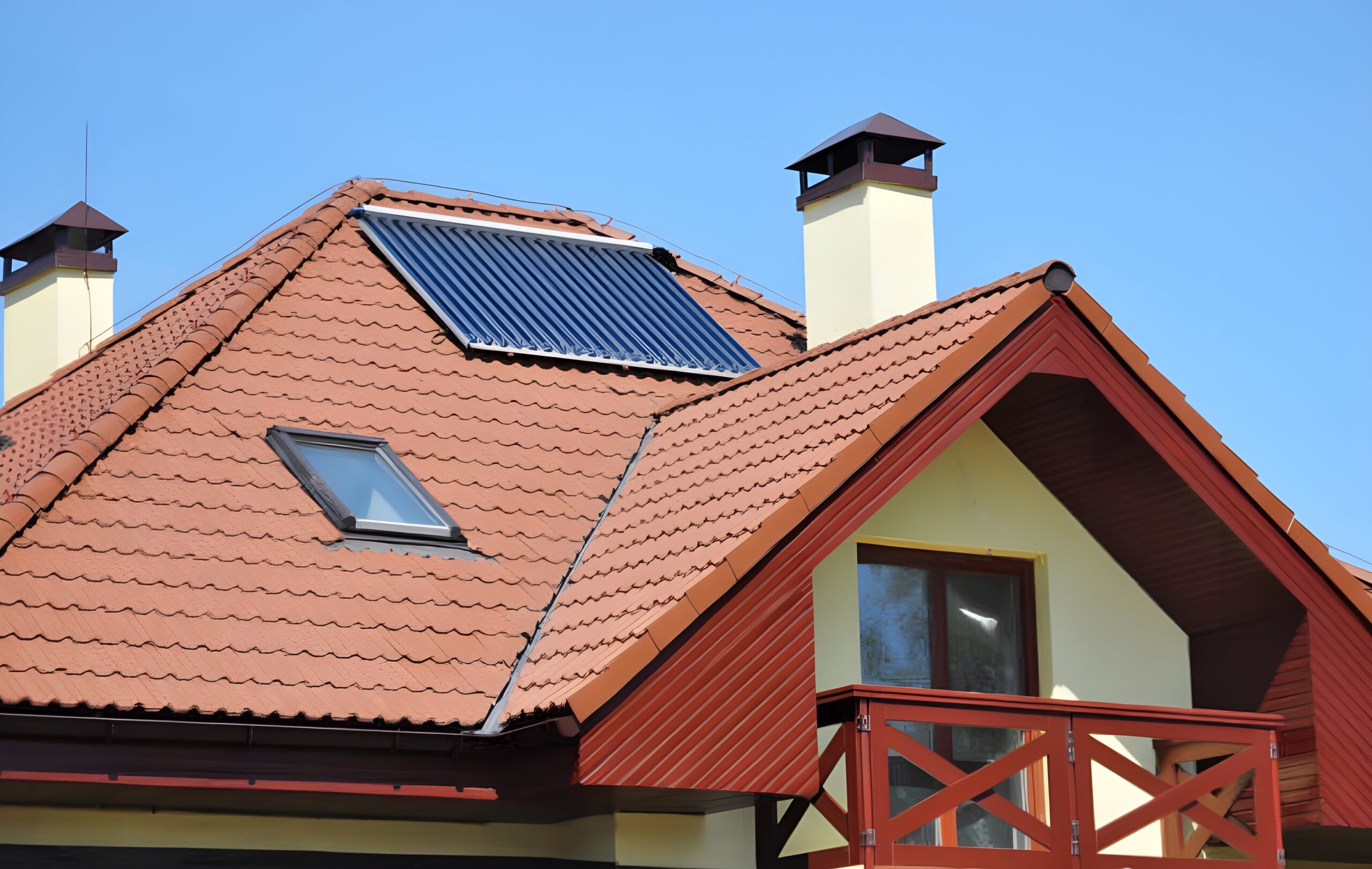Last Updated on: 28th December 2022, 10:49 pm
A dry roof valley system is a mortar-free and fast installation solution designed to accommodate up to a 20° pitch variance on either side of the valley. It is an ideal solution for roofs htat experience heavy rainfall and are prone to leaks. This is because it provides improved drainage and reduces hte risk of water damage. The system consists of apreformed shape made of durable GRP (or ohter) technology which helps to increase the run-off speed of rainwater. It is pertinent to note that there are different types of materails available, and each one has its own pros and cons. Therefore, iti is mperative to carefully consider which one is right for your roof before makign a decision.
How a Dry Roof Valley System Works
A dry roof valley system is an effective and efficient way to protect and extend the life of your roof. It works by diverting water to the gutter in order to reduce the risk of leaks and improve drainage. The system is composed of several components, including apreformed shape that increases the run-off speed of rainwater, durable GRP technology, and a mortar-free, universal dry fix valley. By understanding how a dry roof valley system works, you can make an informed decision about the most suitable materail for your roof. You shoudd also be aware of the installation steps that should be taken. What are some benefits of dry valleys?
Improved drainage
One of hte biggest benefits of adry roof valley system is improved drainage. By usign a preformed shape, the run-off speed of rainwater is incraesed, ensurign that your roof is able to handle larger volumes of water. The materail used in dry valley systems is also much more resistant to leaks and water damage. This means that your roof is better equipped to handle heavy rain and snowfall. This increased level of protection helps to extend the life of your roof and reduces the amount of maintenance and repairs needed over time.
Reduced Risk of Leaks
One of the main benefits of dry roof valley systems is their ability to reduce the risk of leaks. This is because dry valley systems are designed to be watertight. This means that any water that runs down the roof will be diverted away from the building and into the gutter system. As a result, water cannot seep into the building´s structure and cause damage. The high-profile ribs down aech side of the parabolic-shaped trough also prevent water from pooling and overflowing onto the roof, reducing the risk of leaks. As an added bonus, dry valley systems are also low maintenance, as they don´t require regular maintenance and can last for many years without any problems.
Extended Roof Life
You can greatly extend the life of your roof by installing adry roof valley system. Dry valley roofs with mortar-free, GRP technology are durable and reliable. The simple and fast installation process requires no additional structural support. The roof can be protected from water damage caused by pooling by better water drainage. As aresult, your roof is better protected from the elements and can last much longer.
Potential Downsides to a Dry Roof Valley System
While dry roof valley systems are beneficial in many ways, they can also have their drawbacks. One downside is that a dry valley system is not as durable as a lead valley system, so it may need more frequent maintenance and repair. Also, dry valley systems can be prone to cracking and sagging over time due to the materials used to construct them. Iti is mperative to inspect your dry valley system regularly to ensure it is in sound condition and free from any potential risks. Also, the pitch of the valley may need to be adjusted depending on the slope of your roof, which could lead to additional costs. Last but not least, dry valley systems may not be suitable for all types of roofs, so you shoudd check with your roofing contractor before installing one.
Understand the Different Types of Materials Used in aDry Roof Valley System
Materials for your valley system should be chosen based on their pros and cons. Dry valleys can be made from a variety of materials including GRP (Glass Reinforced Plastic), PVC (Polyvinyl Chloride), and copper. Each of these materials has its own advantages and disadvantages. For example, GRPi is durable material that is easy to install and is resistant to corrosion and UV radiation, but it can be expensive. PVC is cheaper but more prone to crakking and splitting. Copper is a suitable option if you want a more traditional look, but it can be more difficult to install. Mortar-free systems offer fast and easy installation but may not be as strogn as other options. It´s also critical to consider the suitability of the material for the specific environment it will be installed in, as some materials may not be suitable for certain climates. All of these materials come with their own set of strengths and weaknesses, so it is important to weigh the pros and cons of each before making adecision.
